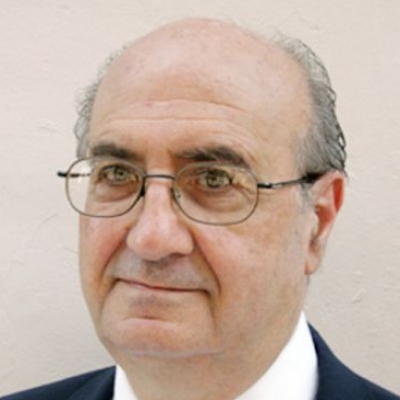In Chile, Dissent Has a Woman’s Face
How has a 23-year-old woman posed a serious challenge to Chile’s government?
August 30, 2011
In countries around the world, students have become increasingly active participants in protests against governments, as recent events in London and Madrid have shown.
The discontent is not limited to Europe. In March of 2010, student protests led to the cancellation of classes in universities in San Francisco de Macorís, in the northeast of the Dominican Republic, and in the country’s capital, Santo Domingo. Last December, students in Venezuela, angered at new laws that they thought tightened the government’s control over universities, also led several protests.
However, the most widespread student protests are taking place in Chile. Camila Vallejo Dowling, unknown until a few months ago, recently became the second female leader in the 105-year history of the University of Chile’s student union. When student protests gradually started in May 2011, she quickly became their face and voice, and has led popular protests and cacerolazos — a kind of popular protest during which participants bang pots and pans.
The student leader said that the government’s strategy of repressing violence by the students only aggravated the situation by bringing dialogue to a halt and worsening the political climate in the country. Students’ demonstrations provoked a drastic fall in popularity of the government of Chilean billionaire Sebastian Piñera — whose favorability rating fell to 26% — and obliged him to take emergency measures to confront the crisis.
Although Vallejo preaches non-violence, she has received several death threats and has been given police protection. Vallejo wants the government to assume responsibility for education at the universities which, according to her, are no longer accessible to the general population. She acknowledged, however, that it is very difficult to obtain structural reforms with a rightist government, saying that she and her fellow protestors are seeking long-term political and educational reform.
Students are demanding a new framework for education in Chile — in particular, an end to the Chilean school voucher system and its replacement by a public education system managed by the state. Today in Chile, only 45% of high school students are in traditional public schools. Most universities are in private hands.
According to the OECD, college costs in Chile are among the world’s highest. Chilean economist Marcel Claude has found that student debt is close to 174% of Chilean students’ annual salary upon graduation — and 50% among them are heavily indebted. The average Chilean university student graduates with $45,000 in debt — a larger burden than even in the United States, where the comparable figure is about $27,000.
In both countries, this situation threatens to worsen income inequality — a troubling prospect considering that Chile already ranks as the world’s 16th-most-unequal country (on par with fellow Latin American countries El Salvador and Panama), while the United States places 39th (between Jamaica and Cameroon).
The fact that college is increasingly out of reach for all but the well-to-do in Chile and the United States threatens to cement the countries’ unequal socio-economic structures by limiting social mobility and fostering the “self-replication” of elites. Such entrenched stratification undercuts an aspirational ethos of politics and society in both countries: that with a good education, hard work and determination, anybody can get ahead.
As a response to student demands, President Piñera said that the government would improve education financing by cutting interest rates on student loans from 6.4% to 2%, helping indebted students and providing fellowships. But the government promises did little to control the uprising.
President Piñera’s response to new demonstrations was to announce $4 billion in new education funds through a new proposal called GANE (Great National Accord for Education), which was also rejected. Should popular demonstrations gather further momentum, the government may confront a situation very difficult to deal with, particularly after workers joined the student protests.
The majority of Chileans (an estimated 70-80%) support the student movement, which has been energized by a 48-hour nationwide strike by the Workers United Center of Chile (CUT). Although Deputy Interior Minister Rodrigo Ubilla stated that the strike was a “great failure,” the CUT released a press statement saying that 82 social and labor union organizations had joined the strike.
When Camila Vallejo was recently asked about the effect on people of her striking good looks, she responded, “I am attractive and don’t have any problems in acknowledging it, but I didn’t decide, when I was born, how I was going to look like. What I decided was which was going to be my political project and my work with the people.”
In the unstable political situation of present-day Chile, the leadership of a 23-year-old woman could help chart a new course for her country.
Takeaways
In the unstable political situation of present-day Chile, the leadership of a 23-year-old woman could help chart a new course for her country.
The average Chilean university student graduates with $45,000 in debt — a larger burden than even in the United States.
Students' demonstrations provoked a drastic fall in popularity of the government of Chilean billionaire Sebastian Piñera.
Read previous
Water: The Elixir of Life
August 29, 2011
